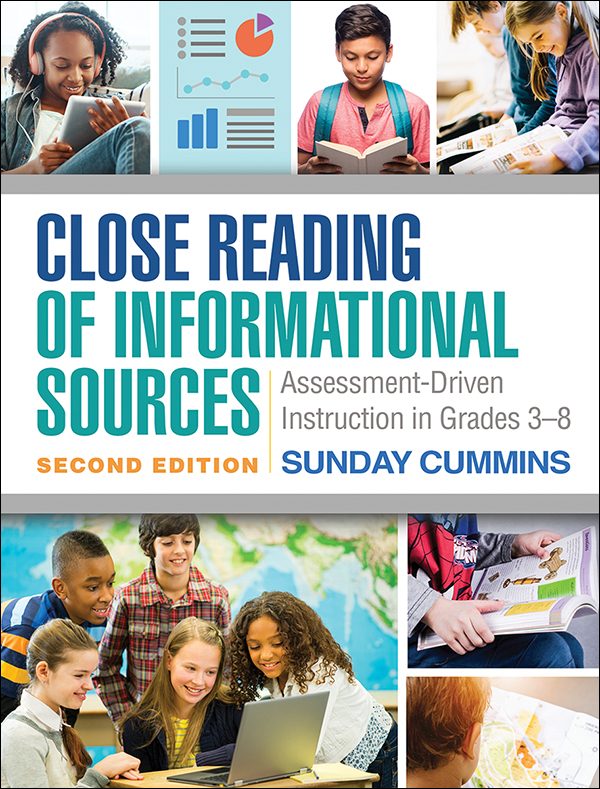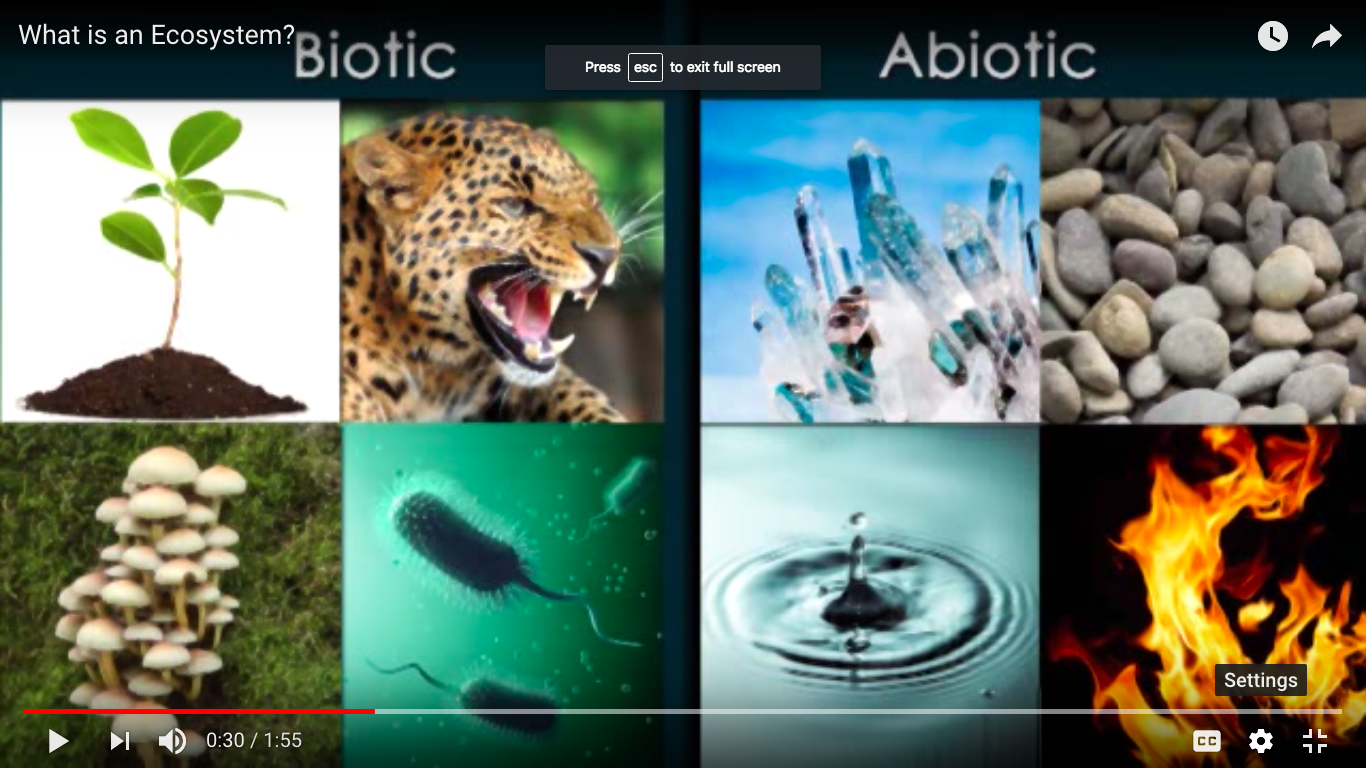
I’ll never forget the first time I taught students to unpack the information in a video clip. It was in a classroom studying ecosystems. I found the perfect clip. Two minutes! The content answered our essential questions. It was fantastic!
Yeah, right 🙁
Videos are dense with info
We can say a lot in just a few seconds. In just the first 15 seconds of the video, there is a definition of the term ecosystem:
An ecosystem is a community of living things interacting with the non-living parts of their environment.
In the next 15 seconds, the narrator says this:
There are two primary parts of an ecosystem. The biotic part is made of all of the living things, like plants and animals, fungi, and bacteria and viruses. The abiotic part is made of non-living things, like rocks and minerals, water, and energy.
And while she’s saying this, a chart appears on the screen with the words “biotic” and “abiotic” and examples for each. This is a lot of information for students to process!
What I have learned that helps
- Students need a guiding question(s) to help them determine what is important in the video. Set a very clear purpose for gathering information from the video. Ask a question or a series a questions. Or ask the students to generate questions. Students can use these questions to help them determine what information in the video is important. Examples of questions include: What are the essential components of an ecosystem? How did the social activists take risks? What was the effect of the Supreme Court decision?
- To start, watch/listen to the whole clip. The students need to get a feel for the clip as a whole and start thinking about how it answers their questions.
- Then watch the clip again and ask students for a “thumbs up” when they hear content that helps them answer (one of) the guiding questions. The students are pretty quick to signal they have heard something and you can stop the clip. What I find is that while they know there was an answer, they may not have fully processed it so they need to watch it again!
- Make it okay to view/listen to that section of the clip again and again and again. Make it okay to “rewind” and listen to a chunk of the clip a few times to try to fully grasp what is being said and revealed.
- The students may need to watch the clip and then repeat what they just heard.
- Then they may need to watch it, think about it some more and turn and talk to a friend about what they learned.
- Then they may need to watch it one more time and write notes about what they learned.
- Prompt students to listen AND watch the video; to glean info from the visual parts of the video as well as the auditory. My students were working so hard to listen that they completely missed the diagram in the video. I had to prompt them to also watch the images to glean information.
- Make it okay to just use a part of the clip. We were exhausted by the time we processed the first twelve seconds of the video. I felt like they had used that section well and we needed to move on to other sources. Teach students to determine an important part that they are really going to focus on processing.
BTW in every chapter of the new edition of Close Reading of Informational Sources, I offer tips on teaching with video!

Okay. Hope this helps.
Sunday
UPDATED 2/26/2021

